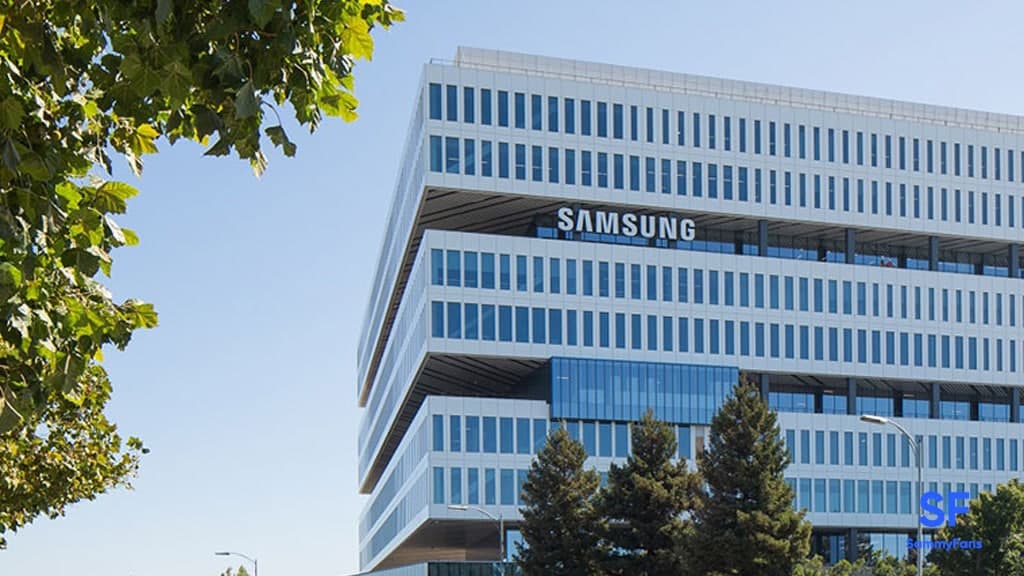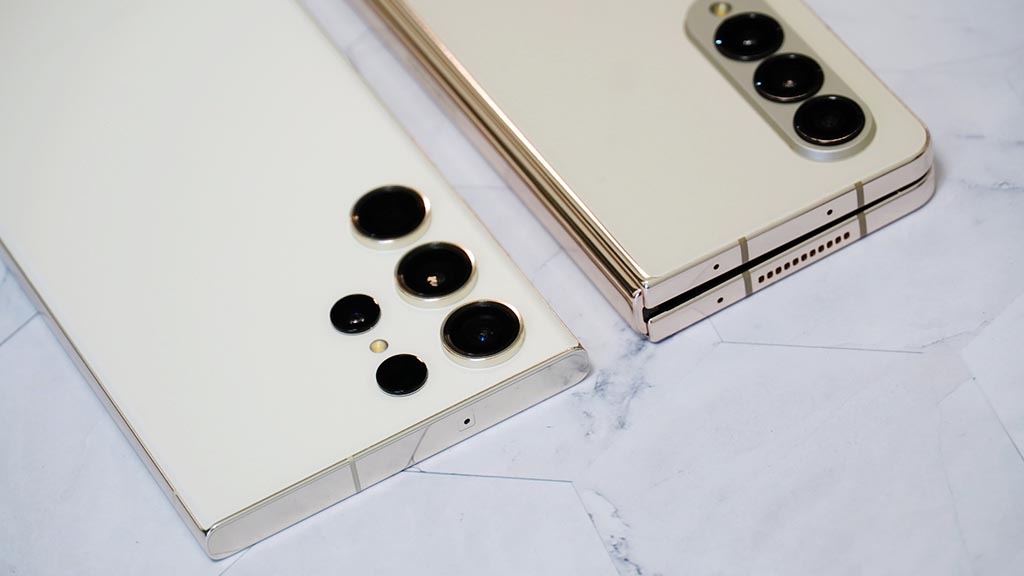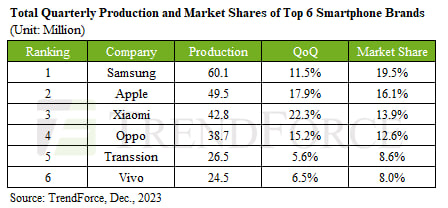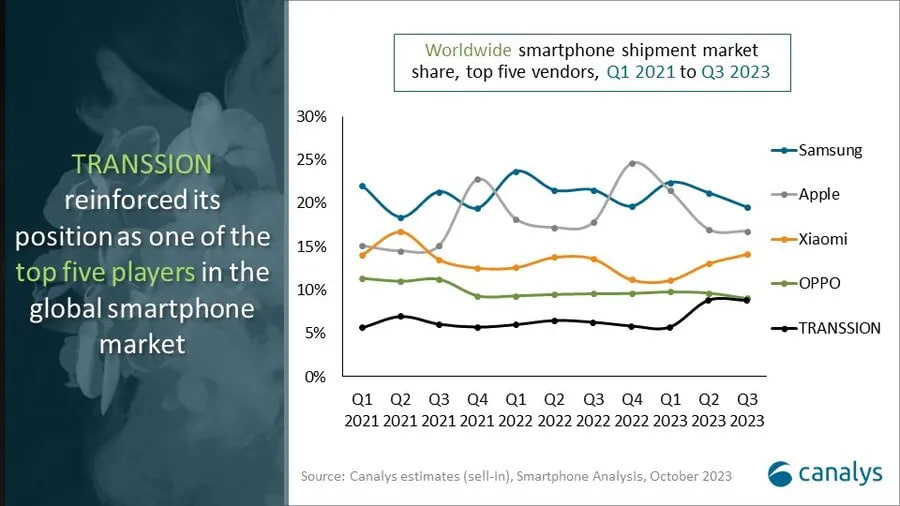Business
Samsung remains second largest smartphone brand in India in 2021

According to the latest research by Counterpoint’s Market, Indian smartphone shipments grow by 11% year-on-year to 169 million units by 2021. However, shipments fell 8% in the December quarter due to supply problems in the smartphone manufacturing ecosystem.
As per the report, the PLI (Production Linked Incentive) scheme is a great booster for the Indian mobile manufacturing ecosystem, attracting top players like Apple and Samsung to enhance their ‘Make in India’ footprint. And make India your export hub. Therefore, handset exports will achieve 26% YY growth in 2021.
Samsung ranks second in 2021 with an 8% YoY decline in shipments. The supply chain interruptions, lack of new note series, less focus on the entry-level segment and fewer launches in mid-segment compared to last year led to the overall decline.

However, Samsung was the top brand in 5G smartphone shipments in Q4 2021. Its drive has facilitated this growth to deliver maximum bands on 5G smartphones. It topped the INR 20,000-INR 45,000 (~$267-$600) segment with a 28% share. Samsung’s foldable device (Fold and Flip series) shipments increased by 388% year-on-year in 2021.
Xiaomi will retain the top spot in the Indian smartphone market with a growth of 2% per annum in 2021. Component crunch in the second half of the year affected volumes in the mass market segment, leading to slower growth.

Among the top five brands, Realme is the fastest growing with 20% YOY growth in 2021. It ranked second for the first time in the fourth quarter of 2021. Vivo has emerged as the top 5G smartphone brand with a 19% share in 2021. And Oppo ranked fifth in 2021 with 6% YYY growth.
Apple is one of the fastest-growing brands with 108% YY growth in shipments in 2021. Aggressive offers during the festive season, strong demand for the iPhone 12 and iPhone 13 and the increase in ‘Make in India’ capabilities have led to high growth.

Business
Samsung leads Q3 smartphone market, Huawei’s entry haunts Apple

Samsung ranked first in market share in the global smartphone market in Q3, 2023. TrendForce report says that Samsung led the global Q3 smartphone market, recording a market share of 19.5%.
Overall production in the third quarter increased by 11.5% compared to the previous quarter to 60.1 million units. During the same period, Apple’s production increased by 17.9% to 49.5 million, thanks to iPhone 15.
Follow our socials → Google News | Telegram | X/Twitter | Facebook | WhatsApp
Third place was taken by Xiaomi (13.9%), followed by Oppo (12.6%) and Transion (8.6%). 6th place is Vivo (8%). Meanwhile, global smartphone production reached 308 million units, a 13% increase compared to the previous quarter and a 6.4% increase from the previous year.
Huawei’s re-entry into the flagship smartphone market targeting Apple has had a significant impact in China. Huawei is aiming to expand its high-end flagship series, focusing on the Chinese domestic market next year, so Apple “We plan to attack directly”.

// Source
Business
Underdog phone brand jumped 50%, Samsung and Apple lost ground

In Q3 2023, Samsung and Apple’s market share slightly declined, while an underdog Chinese phone brand appeared on the top 5 chart. In a recent development, Canalys published market research data for the third quarter, revealing Tanssion as the fifth best-seller globally.
According to the info, Samsung and Apple lead total sales with 20% and 17% market share, yet both have fallen from their 22% and 18% levels in 2022. However, Tanssion, the maker of Tecno, Itel, and Infinix phones, climbed from 6% global market share last year to 9% in 2023, a 50% jump.
Follow our socials → Google News | Telegram | X/Twitter | Facebook | WhatsApp
Apart from this, Xiaomi matched last year’s share only by “recovering” from a terrible first half of 2023. At the same time, OPPO has fallen steadily over the past two years, while fellow BBK brand vivo lost the top-5 slot it’s owned for years.

Overall, the global smartphone market underwent a slight drop of 1% in Q3 2023. Bolstered by regional recoveries and new product upgrade demand, the smartphone market recorded a double-digit sequential growth in Q3, ahead of the sales seasons.
Business
Samsung enjoyed 2023’s last victory over Apple?

Recently, research agency Counterpoint Research published their latest analysis. The report reveals that Samsung continued its leadership in the third quarter of 2023, while Apple remained in the second spot. However, both OEMs faced a decline of 1 percent year over year.
According to CR, slower consumer demand is the main factor in the dwindling sales. The market did see a slight 2 percent growth in Q3 compared to Q2, likely driven by last month’s iPhone 15 series launch. Samsung secured 20 percent market share, while Apple grabbed 16 percent sales.
Follow our socials → Google News | Telegram | X/Twitter | Facebook | WhatsApp
The Galaxy A-series was the key driver for the South Korean smartphone maker. Apple came in second with 16 percent of the market while Xiaomi rounded out the top three with its 12 percent share. Oppo (10 percent) and vivo (8 percent) were the remaining brands in the top five charts.

The newly released iPhone 15 series will help Apple score a lead over Samsung in the fourth quarter of the year. The results will arrive by early next year, and it’s expected that the US phone maker could surpass Samsung. Major camera upgrades and USB-C helped Apple register strong sales.












